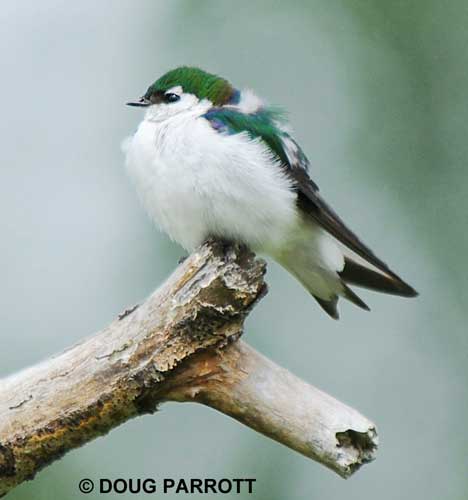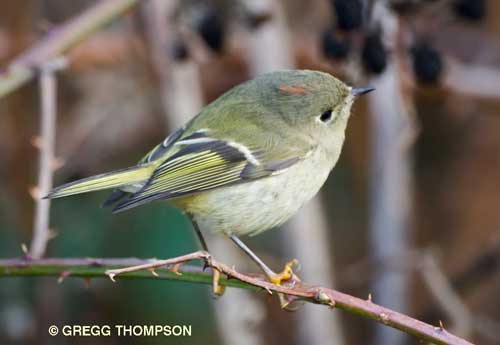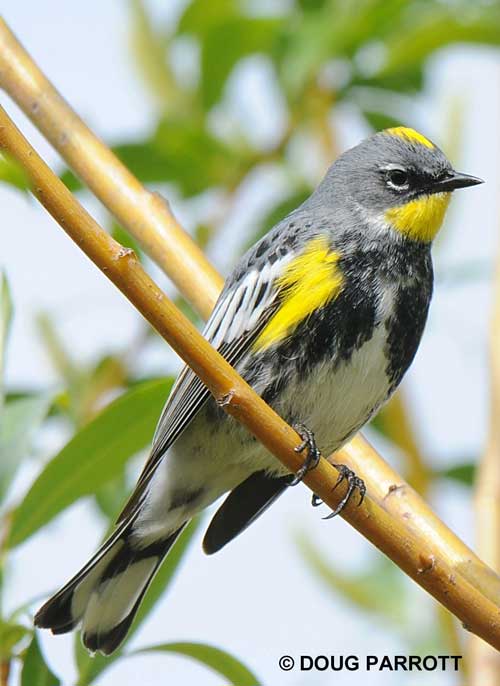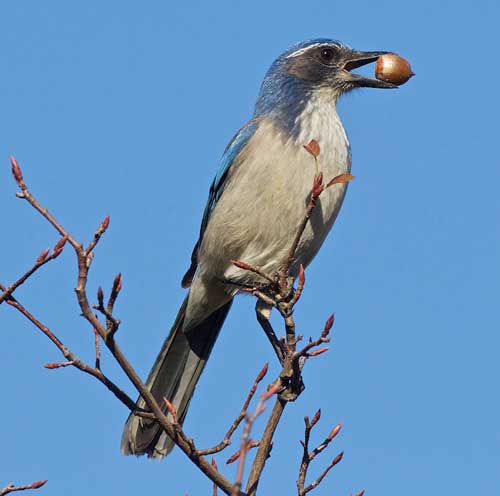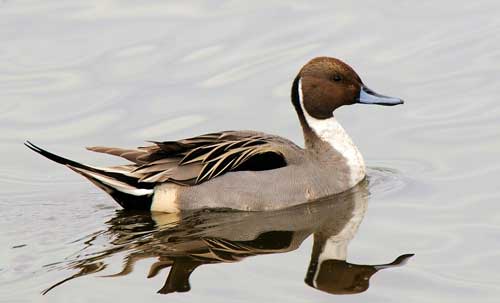As morning seeped in through the windows. bringing with it another dim, dull day, I drew my winter coat on over a fleece vest and an REI-built thermal shirt, and I sighed. Three layers. Again. The calendar says it is spring, but the La Nina that has parked itself off our shores for months keeps grizzling on and on, sending us one winter storm after another.
It reminds me of Laura Ingalls Wilder’s book, The Long Winter. Well, sort of. Laura’s pioneer family endured a winter so harsh there were three-day blizzards twice a week from October through April. Food was running out, as was fuel. In desperation, the Ingalls family twists wisps of hay to keep the fire going.
One day, as Laura’s hope trickles away, her father announces that the winter cannot defeat them. “Can’t it, Pa?” Laura asked stupidly.
“No,” said Pa. “It’s got to quit sometime and we don’t. It can’t lick us. We won’t give up.”
Neither should we. As the old folksong says, “There’s a dark and troubled side of life, but there’s a bright and a sunny side, too. Tho’ we meet with the darkness and strife, the sunny side we also may view.”
The earth is tilting its north inexorably toward the sun, and warm days will come. Soon winter must retreat and El Nino will yield to spring.
The birds know it. Yesterday a cyclone of swallows swirled over the Fill. Fifty Violet-greens had arrived from the south and were busy hunting bugs among the clouds. They towered above me, spiraling up and up, as far as the eye could see. Then, at some unseen signal, they swooped down, chittering their gossipy songs as they skimmed along the grass, nearly brushing me with their wings. One decided to light on the birch snag on the shoreline edge of Hunn Meadow West. It perched there only long enough to give me a glance, then, feeling the wind ruffle through its feathers, it spread it wings and was gone.
Dim light? Gloomy skies? All irrelevant in the glory of the swallows’ kelly-green backs, their glowing violet rumps, their snow-white bellies, and their bright, bright eyes, shining with the force of their spirit, reminding me that life is good and the world is beautiful. And hope lives.

